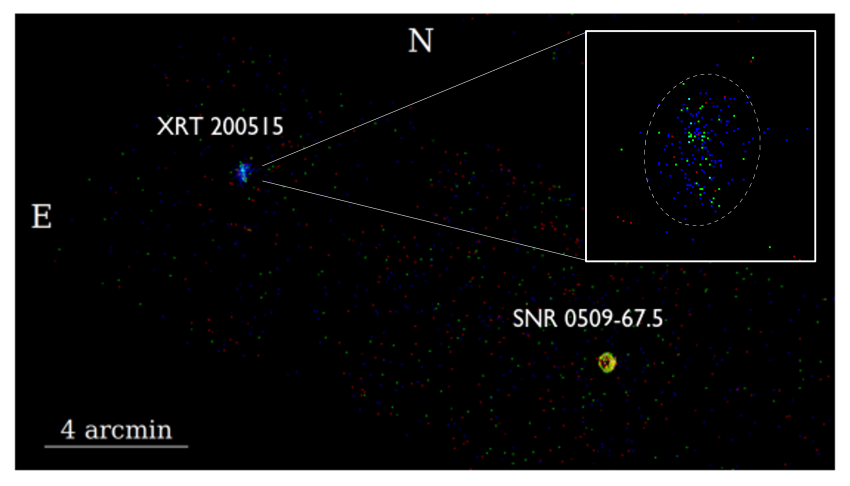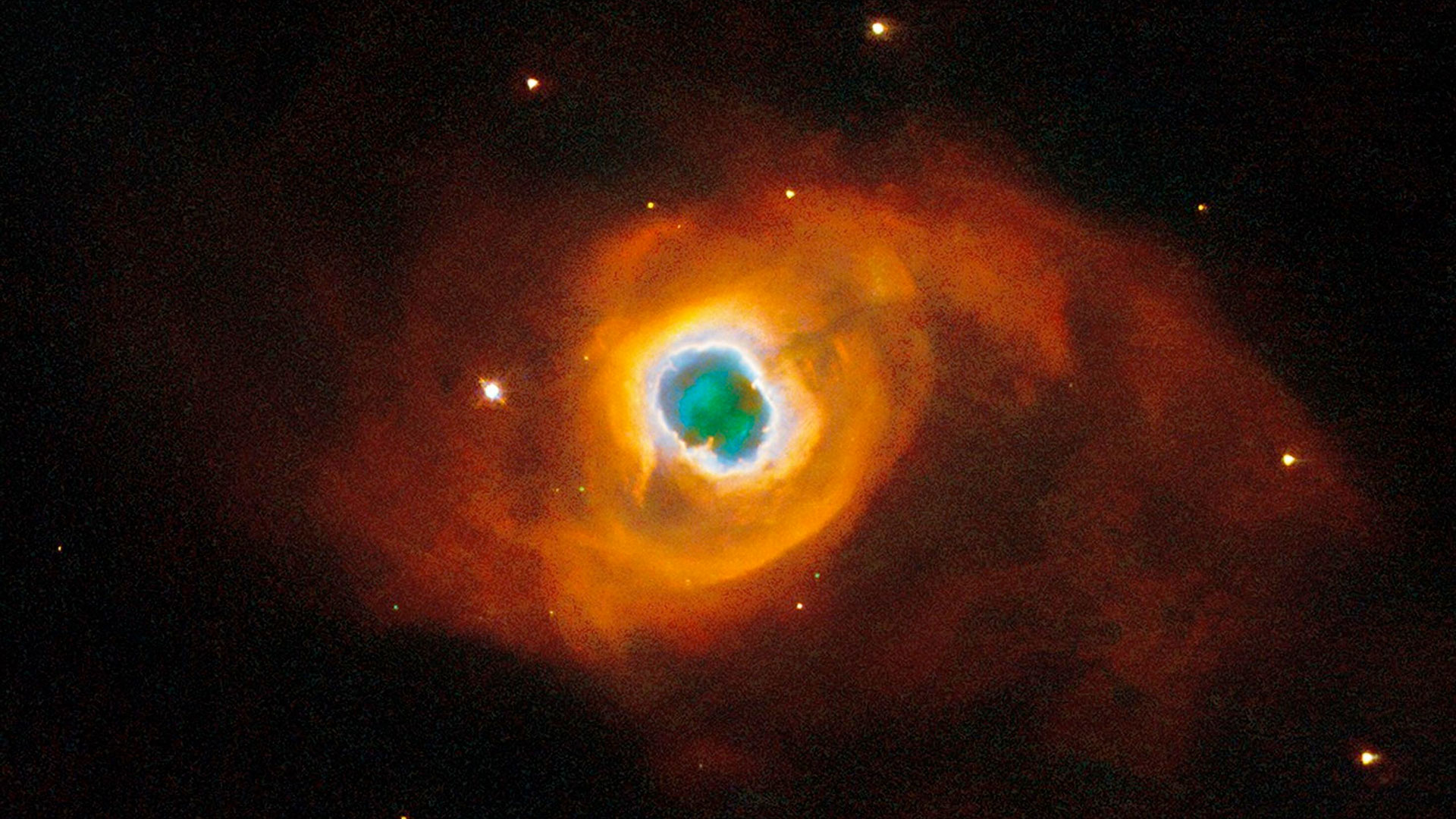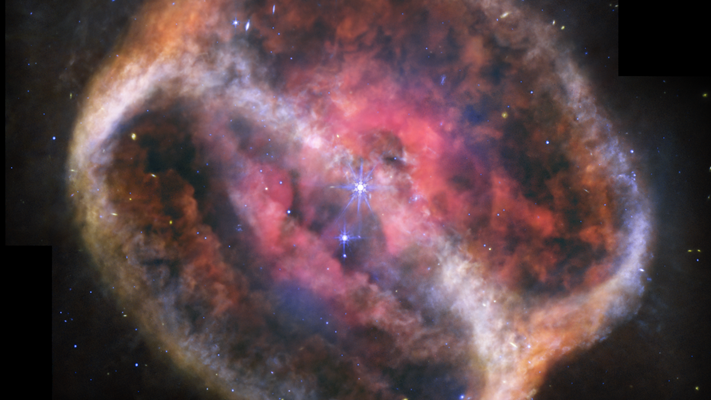Strange X-ray flash from beyond the Milky Way perplexes scientists
"Have you ever flipped through old photo albums and suddenly found something fascinating hidden in the background of a picture, no one had ever noticed before? Now imagine doing that on a cosmic scale."

A mysterious, one-off flash of energy from an unknown object outside the Milky Way has left astronomers puzzled.
The research team, led by Steven Dillmann of Stanford University was scouring decades-old data from NASA's Chandra X-ray Observatory when it spotted a powerful (but brief) blast of X-rays coming from within the Large Magellanic Cloud (LMC), a galaxy that orbits the Milky Way from roughly 160,000 light-years away.
"Have you ever flipped through old photo albums and suddenly found something fascinating hidden in the background of a picture, no one had ever noticed before?" Dillmann said in a statement. "Now imagine doing that on a cosmic scale."
The X-ray flash, named XRT 200515, had shone brightly for about 10 seconds a little over two decades ago before disappearing into the dark depths of the sky. It was detected by the Chandra telescope, which serendipitously recorded it in May 2020 while observing the remnants of a bygone star in the LMC, according to the statement.
Astronomers are further intrigued by the fact that XRT 200515 sported certain characteristics that appear different from those exhibited by other unknown X-ray flashes the Chandra telescope has seen outside our galaxy, according to a paper published this month in the journal Monthly Notices of the Royal Astronomical Society.
In the new study, Dillmann and his colleagues posit the mysterious flash could be the first of its kind discovered in the LMC, triggered by a system involving two stars within the galaxy. One of those stars would be a small, super-dense neutron star and the other would be some sort of orbiting companion star.
The intense gravity of the neutron star would act like a "cosmic vacuum cleaner," pulling gas from the companion star until it ignites a thermonuclear explosion, releasing bursts of X-ray radiation, according to the statement.
Get the Space.com Newsletter
Breaking space news, the latest updates on rocket launches, skywatching events and more!
A second possibility could be that the flash is a rare, massive flare coming from a distant magnetar behind the LMC. Magnetars are a type of neutron star with incredibly strong magnetic fields — a lot stronger than those of typical neutron stars, which can cause the magnetar to release enormous bursts of energy in just a fraction of a second.
Perhaps the most tantalizing possibility, however, is that XRT 200515 could be an entirely new kind of astronomical phenomenon — a likelihood that scientists hope to soon weave out with future telescope observations.
"This discovery reminds us that space is dynamic and ever-changing, with exciting phenomena occurring constantly," Dillmann said in the statement.
Join our Space Forums to keep talking space on the latest missions, night sky and more! And if you have a news tip, correction or comment, let us know at: community@space.com.

Sharmila Kuthunur is a Seattle-based science journalist focusing on astronomy and space exploration. Her work has also appeared in Scientific American, Astronomy and Live Science, among other publications. She has earned a master's degree in journalism from Northeastern University in Boston. Follow her on BlueSky @skuthunur.bsky.social










